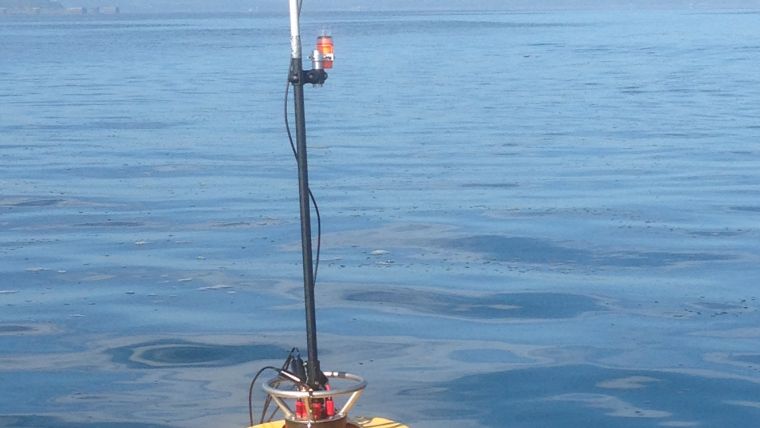RTsys Recorders Qualified For Measurements in European Waters
RTsys recorders have been qualified as suitable for submarine measurements within the framework of the Marine Strategy Framework Directive (MSFD). The member states have started to implement monitoring programmes in order to evaluate the status of the marine environment from a noise point of view.
Human activities in the ocean such as fishing, marine energy, transport, etc. can have an impact on marine ecosystems, often in multiple ways. To better understand the consequences of noise from human activities in the ocean and regulate it, the Marine Strategy Framework Directive (MSFD) leads the member states to study the ecosystems in order to reach or maintain, by 2020, Good Environmental Status (GES) of the European oceans. This GES is based on 11 descriptors, including noise.
Submarine acoustic recorders from RTsys have been qualified by the authorities of several European countries as suitable for submarine measurements within the framework of the MSFD. These are, for example, the German BSH (Bundesamt für Seeschifffahrt und Hydrographie), the Dutch TNO (the Netherlands Organization for applied scientific research) and also the British NPL (National Physical Laboratory). The devices have been chosen, for example, by Malta, which uses them to make measurements for a month.
The measurements will be made at low frequencies, concentrating on two one-third octave bands at 63 and 125Hz. At these frequencies, maritime traffic noise predominates over all other noise sources. The ability of RTsys devices to make reliable measurements at these low frequencies, the possibility of calibrating them and the extremely low self-noise of the device are qualities that make the RTsys recorders the ideal tools.
Monitoring and Alarming
Pre-calculation software is integrated into all RTsys recorders. It directly supplies the indicators required by the MSFD, such as the acoustic pressure (SPL), the exposure level (SEL) and the third-octaves. It can also emit alarms in real time in the case when the noise exceeds the thresholds determined in advance by the user. However, the raw data is saved, particularly for justifying to the authorities that the measurements are accurate.
Measurements are in progress, or will be soon, in most countries and the reports must be delivered to Europe by the summer of 2018.

Value staying current with hydrography?
Stay on the map with our expertly curated newsletters.
We provide educational insights, industry updates, and inspiring stories from the world of hydrography to help you learn, grow, and navigate your field with confidence. Don't miss out - subscribe today and ensure you're always informed, educated, and inspired by the latest in hydrographic technology and research.
Choose your newsletter(s)
























